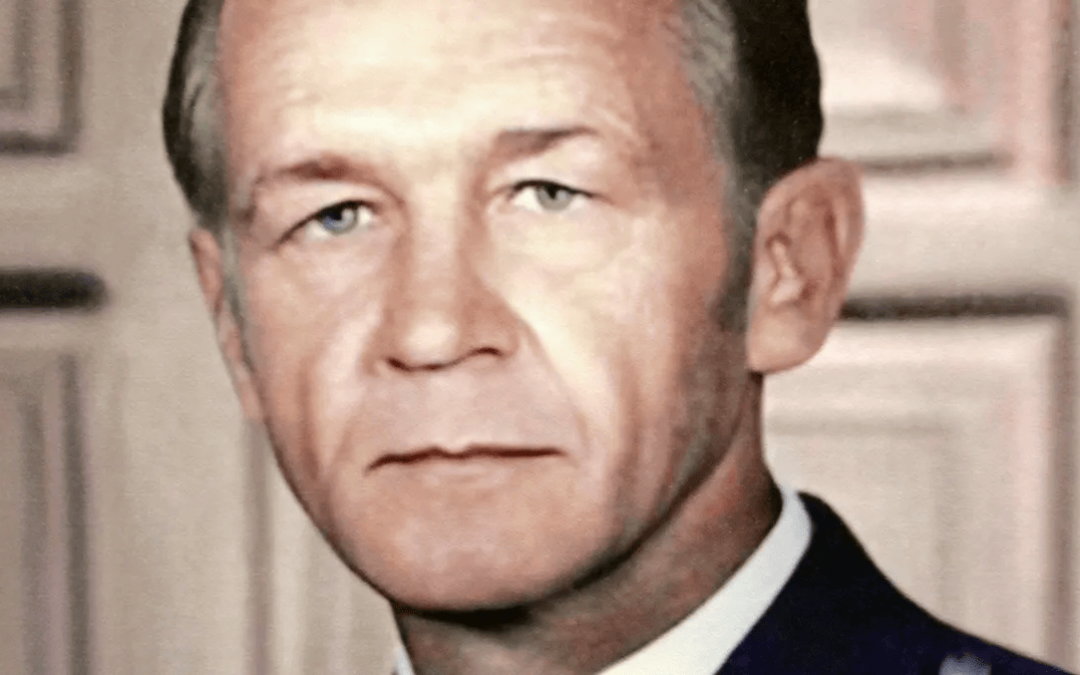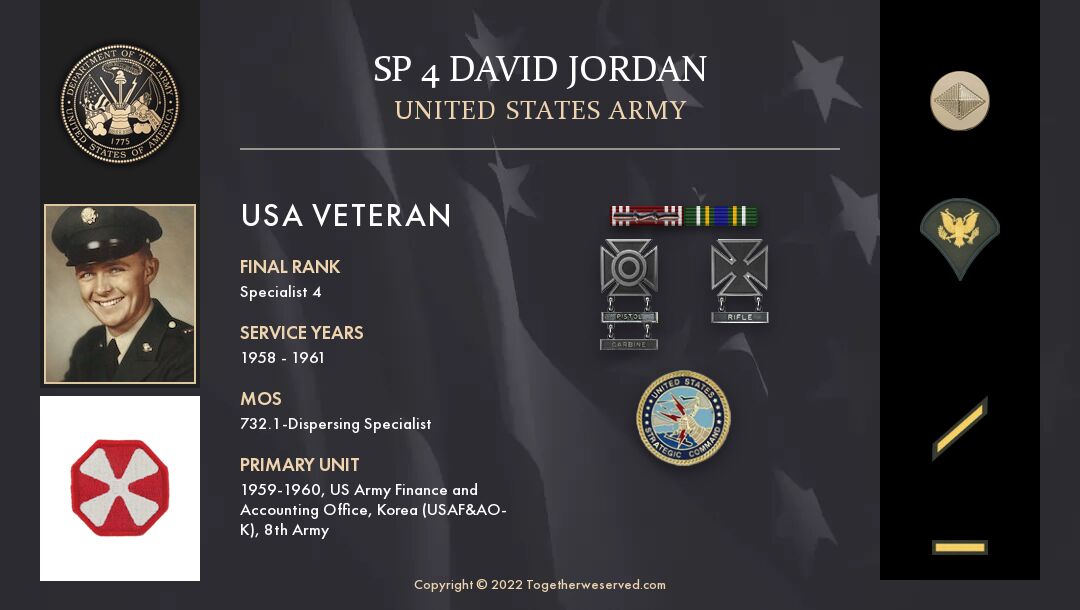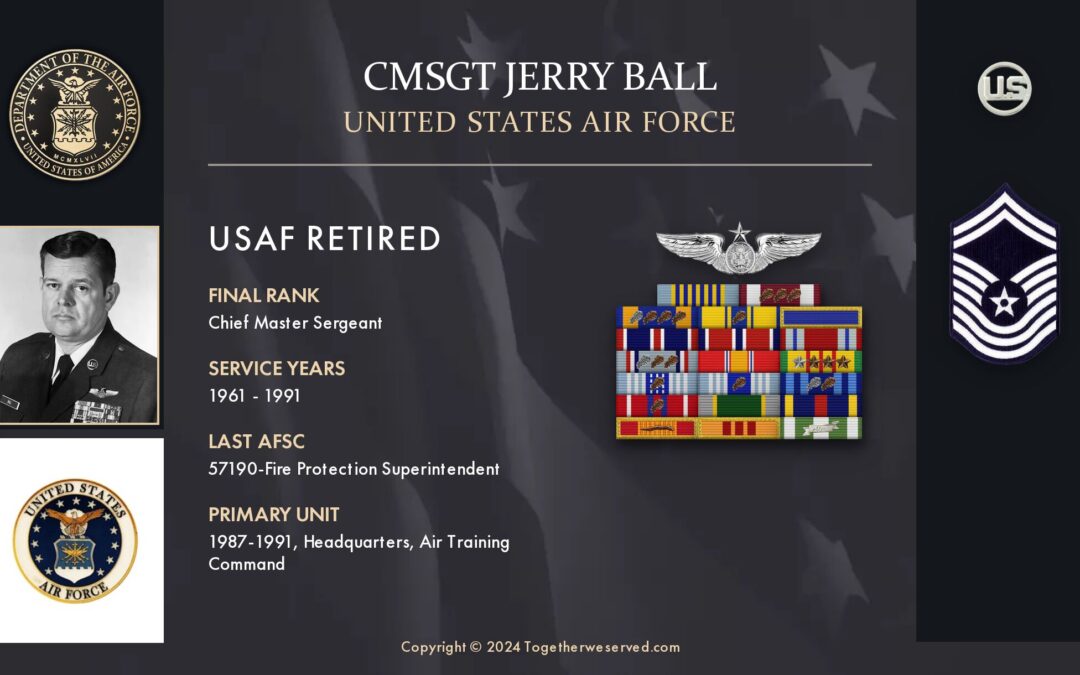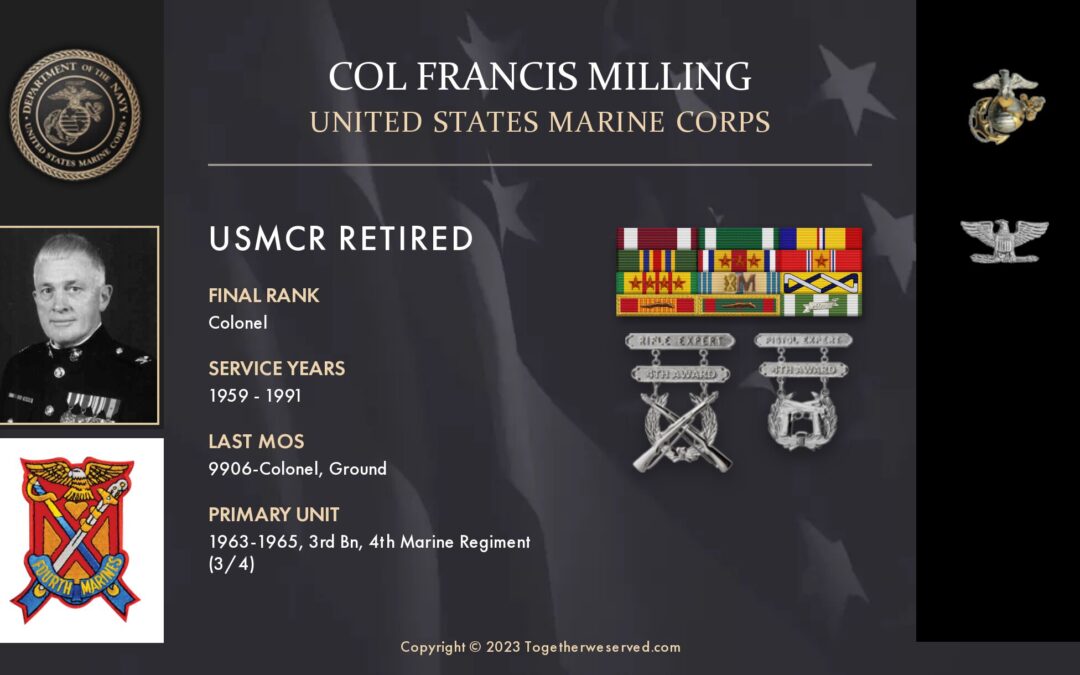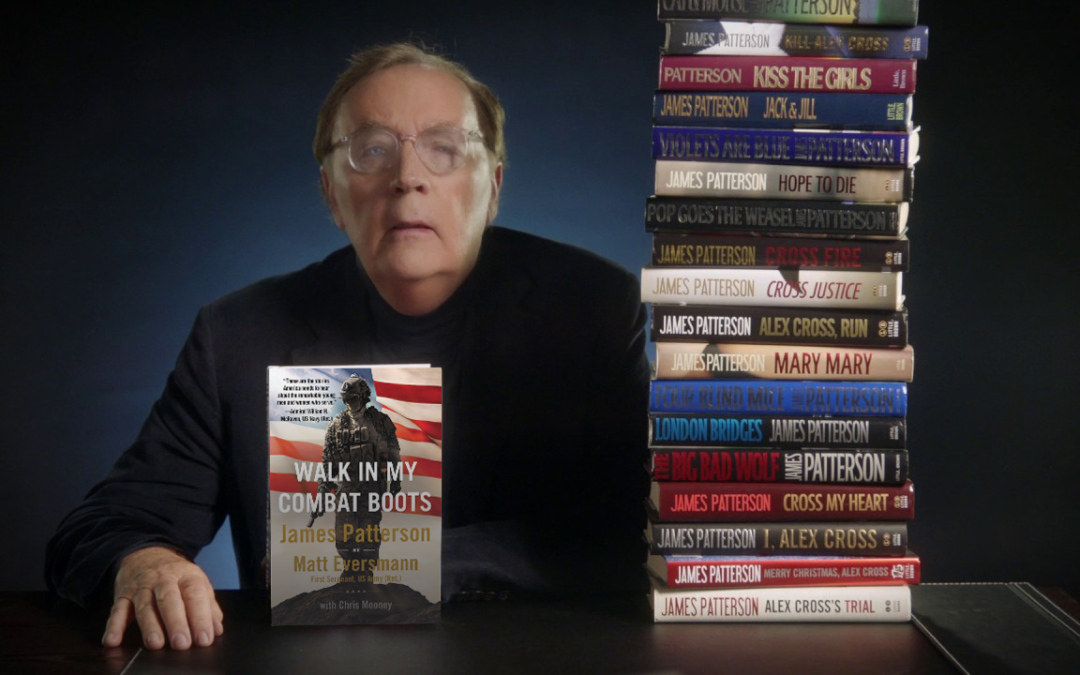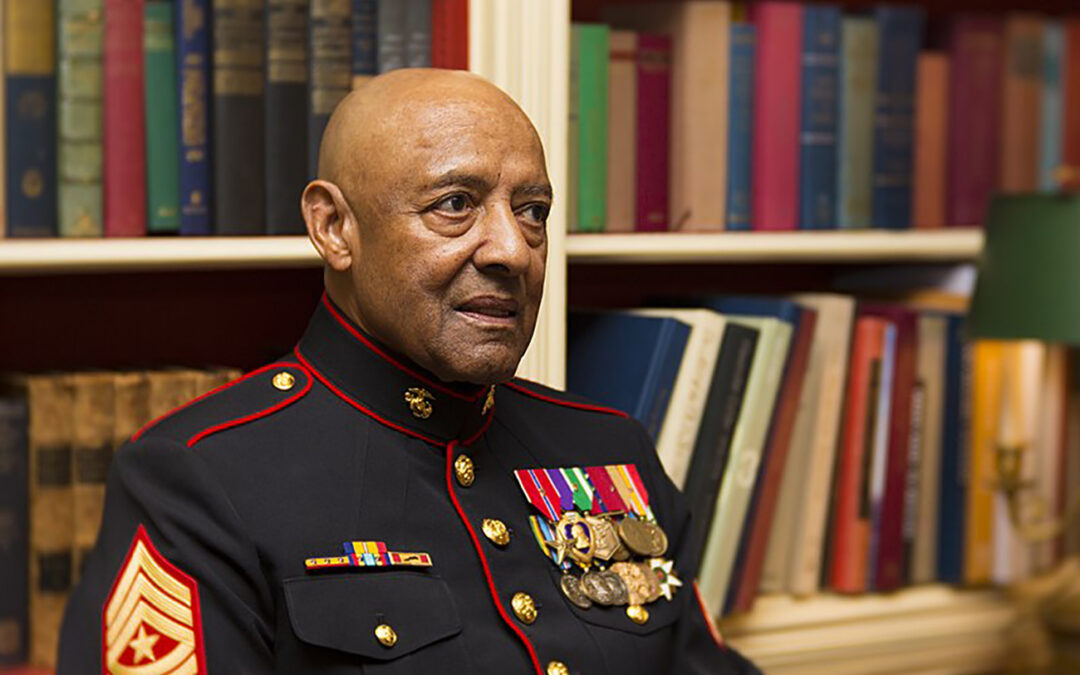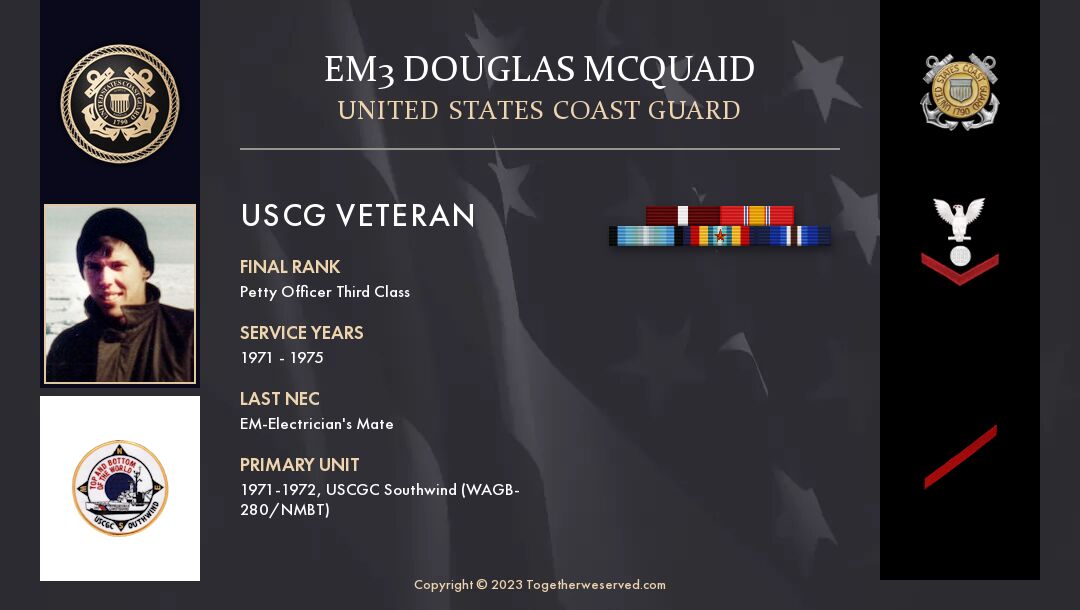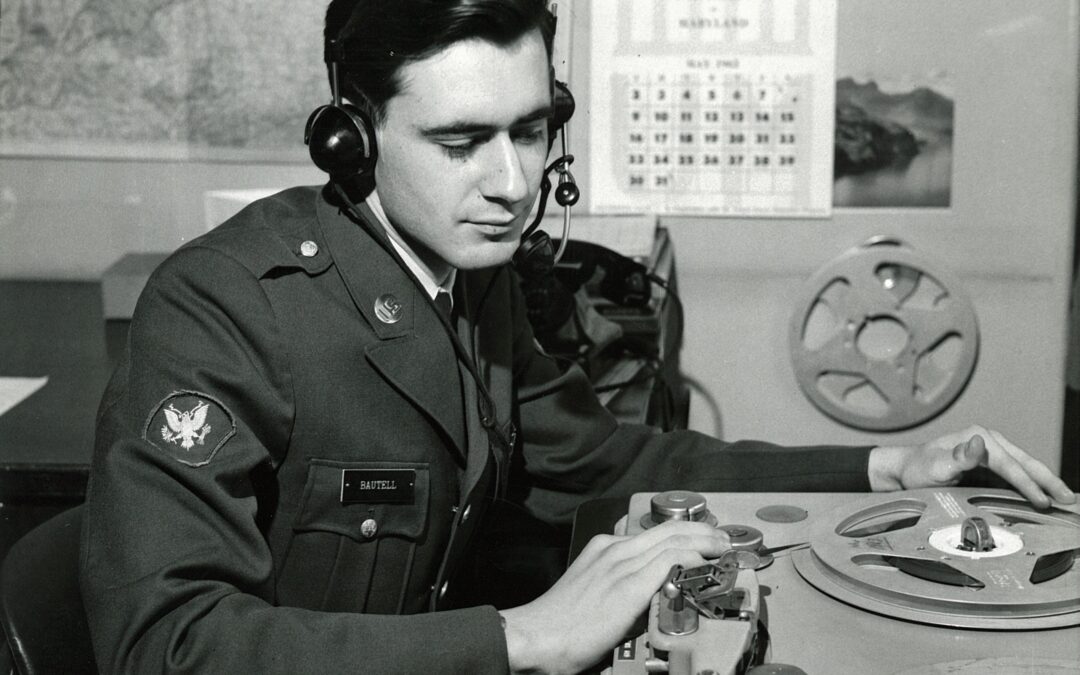James Helms Kasler was born on May 2, 1926, in South Bend, Indiana and following 30-years of distinguished military service, retired as a U.S. Air Force Colonel. Three times James Kasler went off to war and three times returned home. During his career, he is the only person to be awarded three Air Force Crosses. He also was awarded two Silver Stars, Legion of Merit, nine Distinguished Flying Crosses, two Purple Hearts, eleven Air Medals and Bronze Star with V for valor. Setting aside recipients of the Medal of Honor, he is the 10th most decorated serviceman in U.S. history. For some, he is known as Indiana's Sgt. Alvin York, the famous hero of World War II. Biography of James Helms Kasler Shortly after graduating from Shortridge High School, he enlisted in the U.S. Army Air Force in May 1944. James Kasler spent his two-year enlistment flying combat missions over Japan as a B-29 Superfortress tail gunner. Following the war, Kasler attended Butler University in Indianapolis for three...
